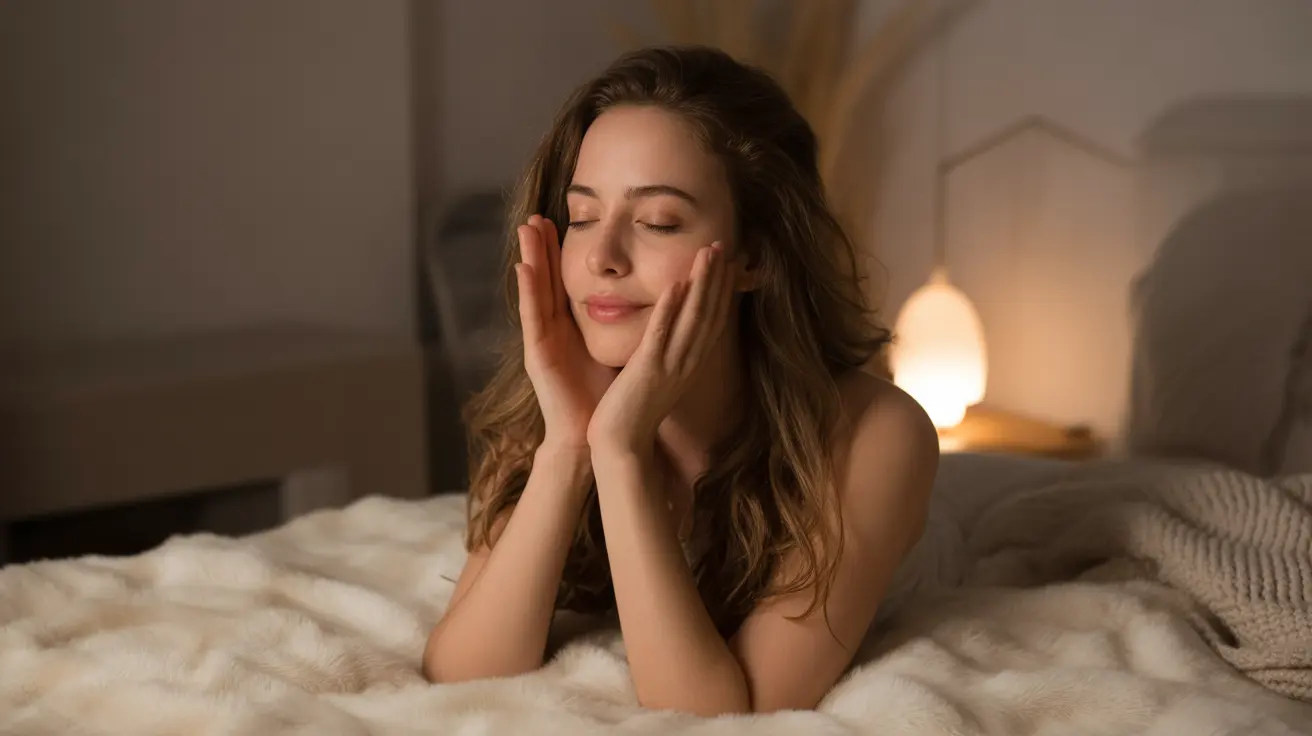If you've ever struggled with sleepless nights, you know how frustrating it can be to lie awake watching the clock tick by. The quest for quick insomnia relief has led many to explore various methods promising rapid results. But is it really possible to cure insomnia in just 12 minutes? Let's explore effective, science-backed techniques that can help you fall asleep faster and improve your sleep quality.
Understanding Quick-Relief Sleep Techniques
While no single method guarantees instant sleep for everyone, several evidence-based techniques can significantly reduce the time it takes to fall asleep. These approaches focus on calming both mind and body, creating optimal conditions for rapid sleep onset.
The Science Behind Rapid Sleep Induction
Quick sleep techniques work by targeting the body's natural sleep-wake cycle and stress response system. By activating the parasympathetic nervous system (the "rest and digest" response), these methods can help transition your body from an alert state to one that's conducive to sleep.
The 4-7-8 Breathing Method
One of the most effective rapid sleep techniques is the 4-7-8 breathing method. This structured breathing exercise involves inhaling for 4 seconds, holding for 7 seconds, and exhaling for 8 seconds. The method helps reduce anxiety, slow heart rate, and prepare both mind and body for sleep.
Progressive Muscle Relaxation
This technique involves systematically tensing and relaxing different muscle groups throughout your body. Starting from your toes and working up to your head, this method can help release physical tension and promote sleepiness in as little as 10-15 minutes.
Quick Mental Techniques for Better Sleep
Visualization Exercises
Peaceful visualization can help quiet an active mind. Picture yourself in a calming environment, focusing on specific details to prevent your thoughts from wandering to daily concerns or worries.
The Military Method
Developed to help soldiers fall asleep in challenging conditions, this technique combines physical relaxation with mental clearing exercises. It involves relaxing your facial muscles, dropping your shoulders, and systematically releasing tension throughout your body while maintaining steady breathing.
Natural Remedies and Environmental Factors
Supporting these quick-sleep techniques with the right environment and natural aids can enhance their effectiveness. Consider room temperature (60-67°F is optimal), light exposure (complete darkness is best), and removing electronic distractions.
Frequently Asked Questions
Is there a reliable way to cure insomnia in 12 minutes?
While no method guarantees sleep within exactly 12 minutes, techniques like the 4-7-8 breathing method and progressive muscle relaxation can significantly reduce sleep onset time when practiced regularly. Success varies by individual and depends on factors like stress levels and sleep environment.
What are simple and effective techniques to fall asleep faster at night?
The most effective techniques include controlled breathing exercises, progressive muscle relaxation, the military method, and visualization exercises. Combining these with good sleep hygiene practices can help you fall asleep more quickly.
How does the 4-7-8 breathing method help improve sleep and reduce insomnia?
The 4-7-8 breathing method works by triggering the body's relaxation response, reducing anxiety and stress levels. The structured breathing pattern helps slow heart rate and calm the mind, creating optimal conditions for sleep.
When should I see a doctor for persistent or chronic insomnia?
Consult a healthcare provider if you experience insomnia symptoms for three or more nights per week for over three months, or if sleep problems significantly impact your daily functioning, mood, or overall health.
Are natural remedies like melatonin, herbal tea, or lavender effective for treating insomnia?
Natural remedies can be helpful supporting tools for better sleep. Melatonin supplements may help regulate sleep cycles, while herbal teas (like chamomile) and lavender aromatherapy can promote relaxation. However, their effectiveness varies by individual, and they work best when combined with good sleep habits and relaxation techniques.




